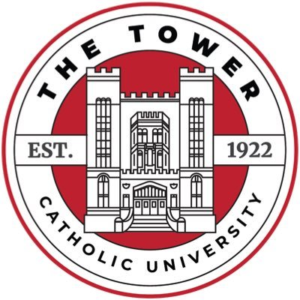Editorial: The State of Higher Education
By The Tower Staff
The state of higher education nationwide is deteriorating as we speak. Despite its global rankings amongst developed countries, accessible, qualitative, and affordable higher education in the United States of America is becoming more rare and scarce than ever before. While Catholic University of America is facing economic controversies with expanding exterior projects and contracting vital academic departments, other schools across the country are facing similar issues. Enrollment has recently declined not only due to rising costs associated with an increase in bureaucratic mechanisms and costly projects, but also, especially for religious schools, student demographics. Latest census information analyzed by the Pew Research Center, Gallup, and the Public Religion Research Institute have shown that young americans between the ages of 18 to 35 years old are now gradually identifying as unaffiliated or non-religious. Big Roman Catholic families simply can’t send all their kids to private colleges for a quality education like they used to.
To improve enrollment, Catholic University is trying to revamp its reputation as a research institution in order to offer a high quality education and maintain its accreditation. Examples of improving qualitative curriculum have included the addition of open-ended questions to its core. But costs remain the issue as the university is expanding. Students are graduating from private or public institutions with large amounts of student debt that often create a burden for them to have their own property or start a family. Even at Catholic, the tuition has increased over 3.5% every spring semester for the past three years, meaning the price of attendance when you’re applying is not a promise of what you’ll be paying years later.
Cost saving measures such as attending community college to transfer enough academic credits over to a public or private university and replacing public or private student loans with grants and scholarships provided by the university have been seen throughout the country. Furthermore, accelerated undergraduate and postgraduate degree programs can reduce the costs as well as open textbooks that are under an open copy license and expanding technology and electronic appliance rentals. If the university were to consider these proposals, cost-efficiency can become the new norm on campus for generations to come. How can this school make itself stand out amongst the litter of similarly-sized, religiously-affiliated private schools for students if families no longer want to send their children to THE Catholic University of America?







